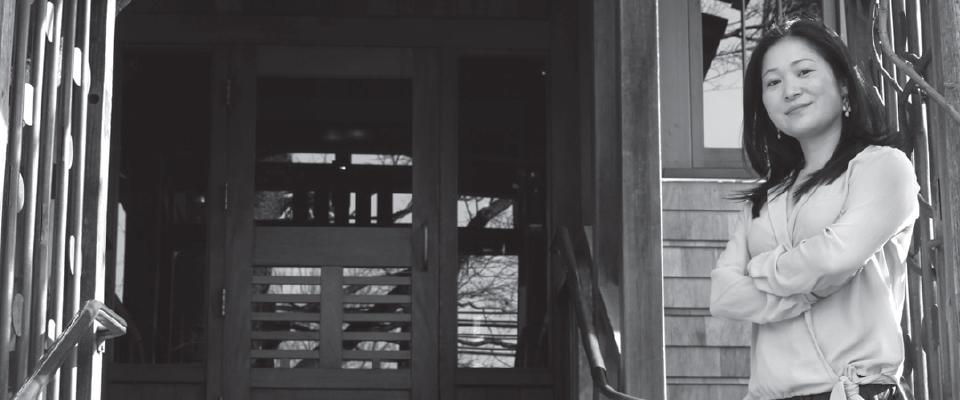Allen Salkin has spent the majority of his career writing about the sometimes bizarre but always fascinating ins-and-outs of American culture. During his tenure at The New York Times, Salkin explored nearly every crevice of popular culture, from the Hollywood “Bling Ring” to Bernie Madoff’s beach house to the real-life adoption of Festivus—a fictional holiday featured in a 1997 episode of “Seinfeld.”
Now comes Salkin’s latest work, “From Scratch: Inside the Food Network”—an in-depth history of how this small-time food channel startup transformed into the billion dollar behemoth it is today.
And according to him, it wasn’t easy. The network had such a hard time finding audience members for one its first live shows, “Ready…Set…Cook!” that one staffer hit sidewalks around the studio to round up homeless people, promising them they could eat the food after the shoot. Salkin also describes a time when someone sabotaged a tape for the show “Too Hot Tamales” by inserting a porn clip into the tape and the backup tape as well—the result being a full minute of graphic broadcasting that triggered an FBI investigation. And then there’s the great flashpoint between chefs Paula Deen and Anthony Bourdain after the Southern fried food and sweets maven was diagnosed with diabetes and promptly partnered with diabetes drug maker Novo Nordisk. “Thinking of getting into the leg breaking business,” Bourdain tweeted, “so I can profitably sell crutches later.”
In his book, which will be released Oct. 1, Salkin dishes on the drama that goes into making the Food Network a TV diet staple for so many viewers. We recently spoke with the author, a UC Berkeley political science major who graduated in 1989:
Q: Where did the idea for a long-form book about the Food Network originate?
Allen Salkin: I was a lonely New York Times reporter sent down to cover a festival in Miami. And I was absolutely amazed when I got there to see that these chefs had entourages. And I said to myself, “How the hell did this happen?” And so, I decided to find out how this all happened.
Q: How long and involved was this process?
A: When I left the Times in early 2010, I looked around at all the projects I had been wanting to do and this was just one that was at the top of the pile. I had written, at the time, about Jon Rosen—a talent agent that represented Bobby (Flay), Giada (de Laurentiis), and Rachael (Ray). I never intend for my articles to be nice or mean. I just want to tell a story. But that article was taken as a nice article. It sort of opened up that world to me.
So, I had gained a little notoriety in this celebrity food media world. And I had met Rachel and Bobby and Emeril a little bit through that, and then working under the Times and its sheen of respectability allowed me to write a proposal to the network. Basically, after I left the Times as a staffer, I wrote this article about a cooking channel. That got me a tour of the network, and I saw all these meetings and I recorded a lot of what was going on. Just from that article, I had enough to write a book proposal and a proposal to the network. The book took three years.
Q: The book’s arc seems to be how much the TV industry has changed over the past 20 years. How does the Food Network fit into that transformation?
A: Well, this began as a low-budget startup that had no idea what it was doing and was open to experimentation and fun. Now, it’s worth about $10 billion and it’s got a lot to protect. And like every other media entity, they have no idea what the future holds. They are struggling to find delivery channels. Just earlier, there was news that Scripps, their parent company, was looking to hire in Latin America so the real place for the Food Network might be the international market.
Q: What were your expectations going into the book versus after you finished?
A: I expected there was always a challenge in taking a chef who is, by nature, a wild, hardy, hungry character and putting them through the whole thing of becoming a safe television star. What I didn’t expect was the way that creativity seems to have left the network as time has gone on.
Q: What do you see as the Food Network’s impact on popular culture over the years?
A: They didn’t invent foodie culture, but they made it into a mass brand. And, sometimes they deliver it in a pure form and sometimes they turn it into a monster. I think the fact that you can go to a football stadium in the Midwest and get something that is actually complicated and delicious to eat is a direct result of the Food Network.
—Jessica Pena



















